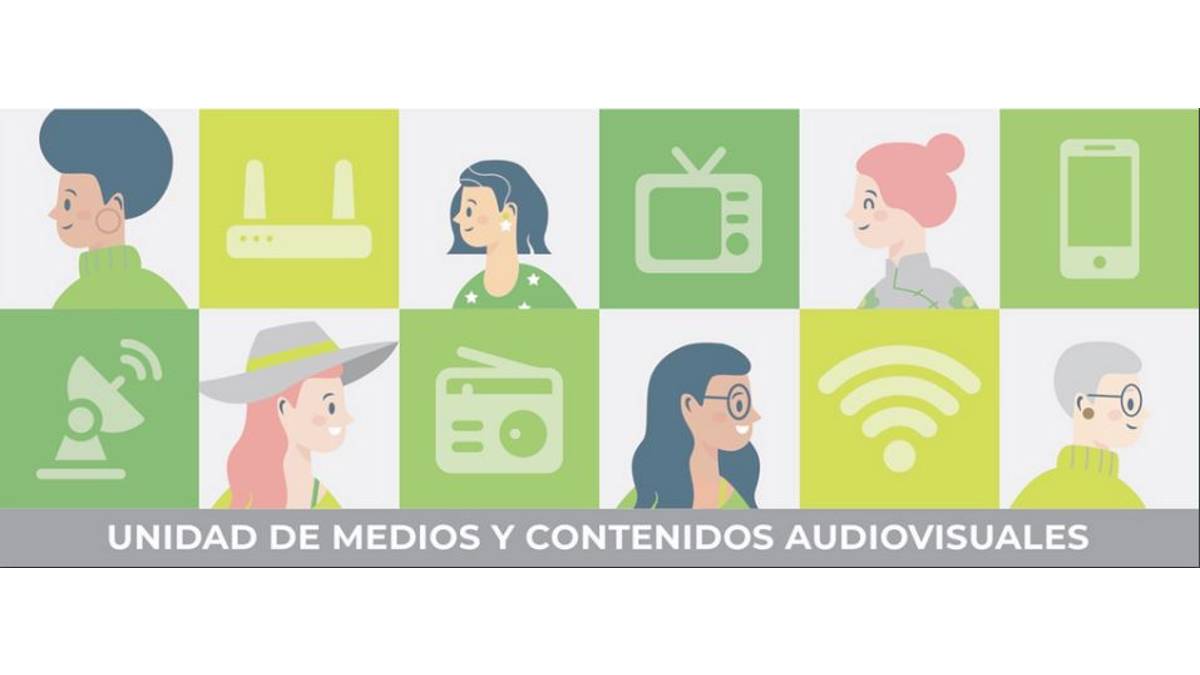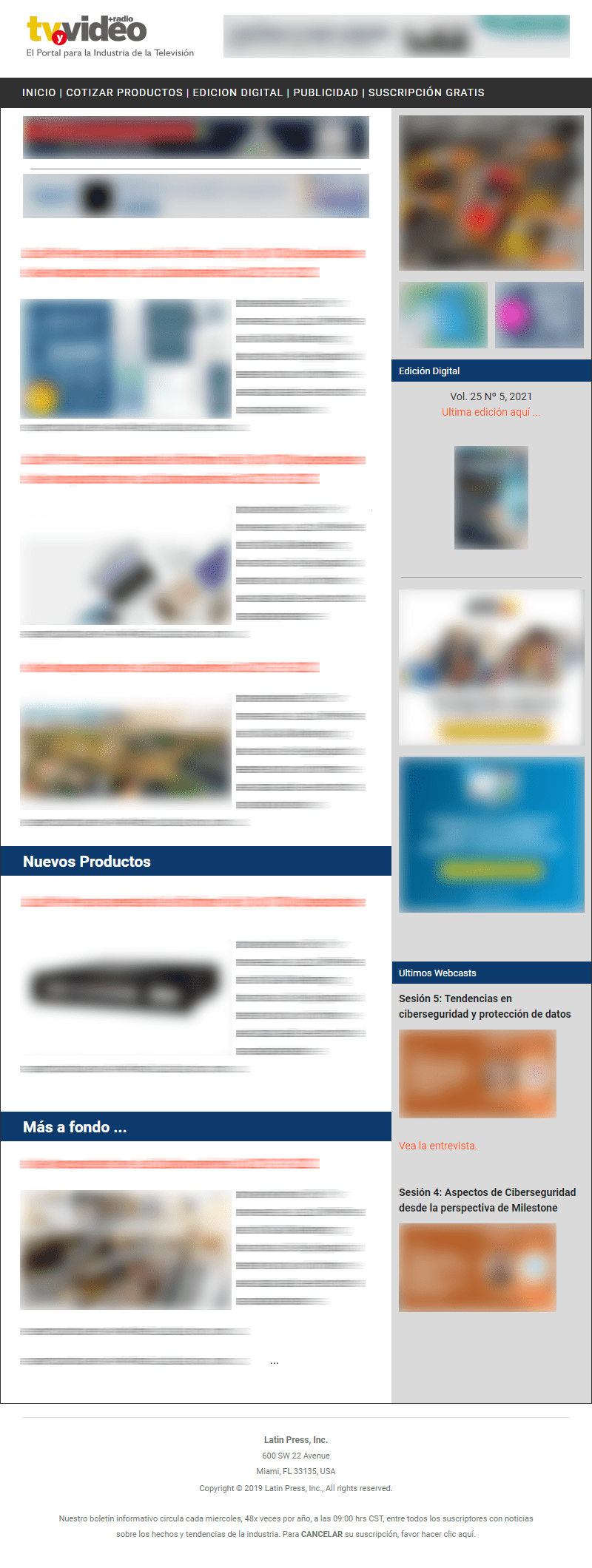Mexico. Through conversations with specialists and within the framework of International Women's Day, the Federal Institute of Telecommunications, IFT , presented the Special Report of audiences and audiovisual content for girls, adolescents and women, the results of the Monitoring of news from a gender perspective, as well as the Special Report on digital consumption by women in urban and rural areas.
The purpose of the Special Report on Audiences and Audiovisual Content is to provide statistical information detailing the consumption habit of radio, broadcast, restricted television and internet audiovisual content by girls, adolescents and women, in which consumption variables are analyzed in a disaggregated manner from the different age groups.
Among the most important findings are:
Television consumption
During 2022, girls, adolescents and women represented 53.89% of the audience and television consumption in Mexico. The time with the highest levels of such consumption was from 7:00 p.m. onwards.
They spent, on average, 5 hours and 42 minutes a day consuming television content; In the case of women over 60 years, it was 7 hours, while in the segment of 13 to 18 years it was 4 hours and 51 minutes.
As for audience participation by type of signal, free-to-air television is the most watched with 48.59 percent. The group of 60-year-old women is the one that represents the largest percentage of audience, with 64.69 percent.
Radio consumption
As for radio consumption, in the cities of Mexico, Guadalajara and Monterrey, this medium reached monthly an average of 57.38% of women aged 13 years and older, with an average listening time of 2 hours and 21 minutes a day.
Of the cities mentioned, women aged 25 to 54 accounted for 64.98% of the total consumption of this target audience; while adolescents aged 13 to 17 recorded the lowest radio listening.
By type of programming, in the aforementioned cities, the audience was mainly concentrated in stations that broadcast grupera and tropical music, pop in Spanish and English, spoken content, ballads in Spanish and pop in English, which represent 65.08% of their total listening.
OTT video consumption
Women point out that the reasons they consider important to subscribe to online audiovisual content platform services, known as Over The Top (OTT), are related to: the type of content that can be found on the platforms to watch something specific (45.6%), the size of the platform's catalog (25.1%) and the availability of the provider's exclusive or original content offer (22%), among others.
When subscribing to OTT platforms, women mainly report that they or at home have an interest in "movie releases" ("latest movies"), as well as "old movies" and "children's content".
Video game consumption
72.5% of women said they were video gamers and the highest percentage were between 25 and 34 years old (29%), while the lowest proportion were women aged 54 to 65 (5.4%).
Sports consumption on pay TV and/or video
Regarding the consumption of pay TV and/or online video, 45% of women declared to be spectators of sports content.
On the findings of this study, during the discussion, Frida V. Rodelo Amezcua, PhD in Social Sciences and Member of the National System of Researchers, pointed out that within the contributions of studies that focus on gender content, the possibility of knowing how much women are represented as part of the public stands out. in addition to analyzing the qualitative part in terms of stereotypes and forms of representation of women. He also mentioned that having these studies can prevent and counteract violence, denounce inequities, as well as provide tools to audiences to have more information about the content they consume and that they know their rights.
For his part, Claudio Flores Thomas, CEO of Altazor Intelligence and specialist in Market Research and Public Opinion, reflected on the effects of the representation of people, in the media, in the construction of societies, so he considered two dimensions to observe in the contents: consumption and reception. The latter is the qualitative part that questions why audiences choose what they consume and what meanings they construct from that consumption. She emphasized that communication serves to shape people's behavior and therefore it is important to study how women are represented. He highlighted the effort of the IFT to provide information to academia and companies to analyze it and ask what audiences do with the media and with the messages, how they appropriate and reconfigure them.
For the full report, click here.


























Leave your comment